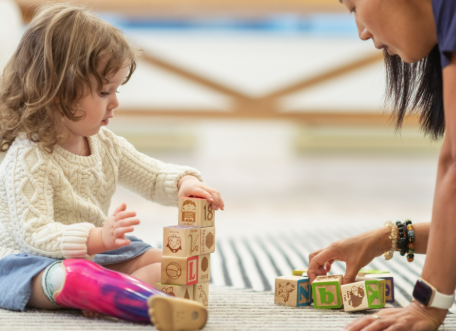In today’s fast-paced world, patience and persistence are powerful traits that help students navigate academic challenges, personal goals, and everyday responsibilities. Developing these qualities in high school can lead to long-term success by building resilience, improving focus, and encouraging steady progress. While natural ability plays a role, patience and persistence are skills that can be learned and strengthened with consistent practice and support.
Patience begins with understanding that success is often a gradual process. Students frequently face pressure to achieve immediate results, whether it’s earning high grades, mastering new skills, or preparing for exams. However, recognizing that learning takes time helps reduce frustration and fosters a more balanced mindset. In classrooms, teachers encourage patience by breaking tasks into manageable steps and celebrating progress along the way. This approach helps students stay motivated and avoid discouragement when they don’t see instant results.
One of the most effective strategies for building patience is practicing delayed gratification. When students set long-term goals—such as improving their GPA or completing a challenging project—they learn the value of waiting and working consistently toward a desired outcome. Teachers and counselors can support this mindset by guiding students in creating academic plans, identifying future milestones, and reflecting on their progress over time.
Persistence is equally important and often goes hand in hand with patience. It involves staying committed to a task even when obstacles arise. Students who practice persistence are more likely to finish challenging assignments, seek help when needed, and bounce back from setbacks. High school programs that include long-term projects, independent study options, and goal-setting activities help students develop this determination. School-wide initiatives such as science fairs, capstone projects, or service-learning programs often require students to commit time and energy over weeks or months—helping them understand what it means to stay focused through ups and downs.
A growth mindset supports both patience and persistence. When students believe that abilities can improve with effort, they are more likely to stay engaged and push through difficulties. Schools reinforce this belief by providing constructive feedback, emphasizing effort over perfection, and encouraging students to view mistakes as learning opportunities. Classrooms that celebrate learning progress rather than only perfect results help students develop grit and determination.
Mindfulness and self-reflection also contribute to personal growth. Techniques such as journaling, breathing exercises, or guided meditation help students manage stress and stay grounded during challenging moments. These practices can increase emotional control and support a patient, problem-solving approach to obstacles. Encouraging students to pause, reflect, and reframe challenges can transform frustration into motivation.
Role models and mentors play a valuable role as well. Hearing stories of persistence from teachers, community leaders, or older students can inspire confidence and offer practical strategies for overcoming setbacks. Supportive relationships make students feel less alone in their struggles and more motivated to continue their efforts. Schools can enhance these relationships through peer mentoring programs or inviting guest speakers who share personal journeys of perseverance.
Creating realistic goals is another way to build these traits. When students set achievable milestones and track their progress, they experience small wins that boost motivation. This approach reinforces the idea that steady effort pays off, even if success doesn’t come right away. Tools like progress journals, academic trackers, and vision boards can help students visualize their journey and recognize how far they’ve come.
Extracurricular activities such as sports, music, drama, and student leadership also foster patience and persistence. Rehearsing for a performance, practicing athletic drills, or preparing for a debate requires repetition, focus, and the ability to bounce back from mistakes. These real-world experiences offer powerful lessons in resilience and determination.
Parents and guardians can support the development of these traits at home. Encouraging children to finish what they start, praising effort over outcomes, and modeling calm responses to frustration help reinforce persistence in everyday life. Family routines that include long-term planning, such as budgeting or saving for a goal, can also teach delayed gratification and perseverance.
In school and in life, patience and persistence lead to long-term achievement. Whether it’s preparing for college, learning a new language, or improving athletic performance, students who embrace these qualities are more likely to stay on course and reach their goals. By practicing calm perseverance and staying focused through challenges, students lay the foundation for success in the years to come. These traits not only support academic achievement but also build the emotional strength needed to thrive in any environment.














